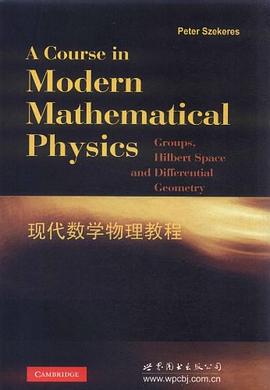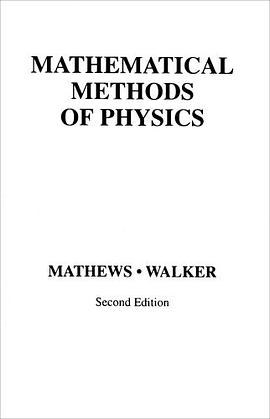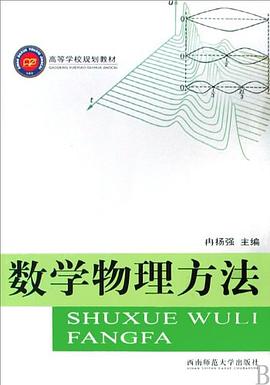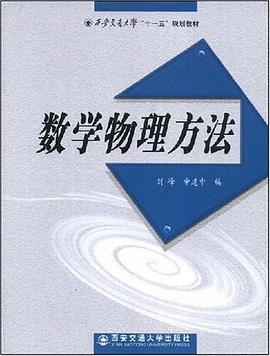acknowledgements
1 sets and structures
1.1 sets and logic
1.2 subsets, unions and intersections of sets
1.3 cartesian products and relations
1.4 mappings
1.5 infinite sets
1.6 structures
1.7 category theory
2 groups
2.1 elements of group theory
2.2 transformation and permutation groups
2.3 matrix groups
2.4 homomorphisms and isomorphisms
2.5 normal subgroups and factor groups
2.6 group actions
2.7 symmetry groups
3 vector spaces
3.1 rings and fields
3.2 vector spaces
3.3 vector space homomorphisms
3.4 vector subspaces and quotient spaces
3.5 bases ofavector space
3.6 summation convention and transformation of bases
3.7 dual spaces
4 linear operators and matrices
4.1 eigenspaces and characteristic equations
4.2 jordan canonical form
4.3 linear ordinary differential equations
4.4 introduction to group representation theory
5 inner product spaces
5.1 real inner product spaces
5.2 complex inner product spaces
5.3 representations of finite groups
6 algebras
6.1 algebras and ideals
6.2 complex numbers and complex structures
6.3 quaternions and clifford algebras
6.4 grassmann algebras
6.5 lie algebras and lie groups
7 tensors
7.1 free vector spaces and tensor spaces
7.2 multilinear maps and tensors
7.3 basis representation of tensors
7.4 operations on tensors
8 exterior algebra
8.1 r-vectors and r-forms
8.2 basis representation of r-vectors
8.3 exterior product
8.4 interior product
8.5 oriented vector spaces
8.6 the hodge dual
9 special relativity
9.1 minkowski space-time
9.2 relativistic kinematics
9.3 particle dynamics
9.4 electrodynamics
9.5 conservation laws and energy-stress tensors
10 topology
10.1 euclidean topology
10.2 general topological spaces
10.3 metric spaces
10.4 induced topologies
10.5 hausdorff spaces
10.6 compact spaces
10.7 connected spaces
10.8 topological groups
10.9 topological vector spaces
11 measure theory and integration
11.1 measurable spaces and functions
11.2 measure spaces
11.3 lebesgue integration
12 distributions
12.1 test functions and distributions
12.2 operations on distributions
12.3 fourier transforms
12.4 green's functions
13 hilbert spaces
13.1 definitions and examples
13.2 expansion theorems
13.3 linear functionals
13.4 bounded linear operators
13.5 spectral theory
13.6 unbounded operators
14 quantum mechanics
14.1 basic concepts
14.2 quantum dynamics
14.3 symmetry transformations
14.4 quantum statistical mechanics
15 differential geometry
15.1 differentiable manifolds
15.2 differentiable maps and curves
15.3 tangent, cotangent and tensor spaces
15.4 tangent map and submanifolds
15.5 commutators, flows and lie derivatives
15.6 distributions and frobenius theorem
16 differentiable forms
16.1 differential forms and exterior derivative
16.2 properties of exterior derivative
16.3 frobenius theorem: dual form
16.4 thermodynamics
16.5 classical mechanics
17 integration on manifolds
17.1 partitions of unity
17.2 integration of n-forms
17.3 stokes' theorem
17.4 homology and cohomology
17.5 the poincare lemma
18 connections and curvature
18.1 linear connections and geodesics
18.2 covariant derivative of tensor fields
18.3 curvature and torsion
18.4 pseudo-riemannian manifolds
18.5 equation of geodesic deviation
18.6 the riemann tensor and its symmetries
18.7 caftan formalism
18.8 general relativity
18.9 cosmology
18.10 variation principles in space-time
19 lie groups and lie algebras
19.1 lie groups
19.2 the exponential map
19.3 lie subgroups
19.4 lie groups of transformations
19.5 groups of isometrics
bibliography
index
· · · · · · (
收起)






















